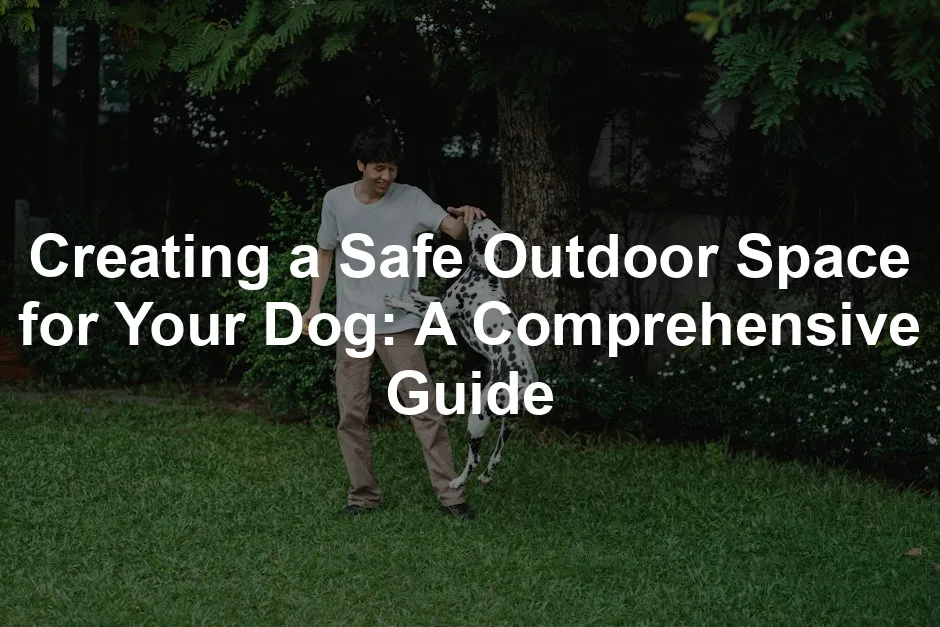Introduction
Every dog owner knows that outdoor adventures are where the magic happens. Picture this: your furry friend racing around the yard, tongue flapping in the wind, and a tail wagging like a flag on a breezy day. That joy is priceless! Fresh air, sprawling grass, and endless sniffing opportunities provide dogs with not just exercise, but also mental stimulation. It’s like a canine amusement park out there!
However, with great freedom comes great responsibility. As caring pet parents, we must create a safe outdoor environment to ensure our dogs can enjoy their escapades without risk. That means putting on our thinking caps (and maybe a hard hat) to tackle any potential hazards lurking in our backyards. From sharp objects to toxic plants, the outdoors can be less than dog-friendly if we’re not careful.
Let’s face it, without proper setup, our dogs might turn into escape artists or—heaven forbid—get into mischief that could lead to a trip to the vet. Imagine your sweet pup dodging traffic or munching on poisonous plants! Yikes! Creating a safe outdoor space is a top priority for keeping our fur babies happy and healthy. So grab your gardening gloves, and let’s dig into how to create a canine paradise right in your backyard!
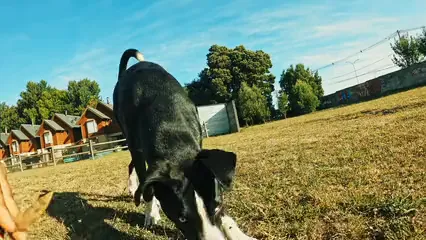
Summary
Creating a safe outdoor space for your dog is essential for their well-being and happiness. This article will delve into the importance of securing your yard, selecting dog-friendly plants, and designing engaging spaces for play. A secure outdoor space not only promotes physical health but also reduces anxiety and boredom in dogs.
You’ll learn how to select plants that are safe for your pups, build a fence that could withstand Houdini himself, and incorporate fun features like agility equipment or a digging zone. With the right approach, your backyard can become a sanctuary for your dog to explore, romp, and relax. Stay tuned for specific tips and strategies to ensure your furry friend can safely enjoy their outdoor adventures!
Designing a Safe Outdoor Space
Secure Your Perimeter
Creating a safe outdoor haven for your dog begins with a solid fence. Think of it as your dog’s personal fortress! An effective fence keeps your pup safe from traffic, wildlife, and any uninvited guests. When selecting a fence, consider your dog’s breed, size, and jumping ability. A Great Dane might need a taller barrier than a Corgi, for instance.
Wood fences are great for small to medium breeds, while larger dogs may require chain link or metal fencing. Just remember, no climbing or digging! For crafty escape artists, reinforce the bottom with buried fencing or dig guards. Regularly inspect to patch up any holes or gaps, because a determined pup can find a way out.
Also, ensure your gates are secure. Use locks or childproof latches to prevent accidental escapes. If your dog is particularly energetic, consider an electric fence as a last resort. It provides a little extra freedom without compromising safety. With a secure perimeter, your fluffball can frolic freely without you worrying about their next great escape!
Speaking of safety, you might want to consider a PetSafe Wireless Pet Containment System. This nifty gadget creates a safe zone for your dog without the hassle of a physical fence. It’s perfect for those who want to keep their pets secure while allowing them some freedom to roam.
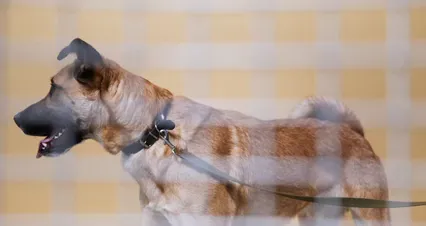
Safe Plants and Landscaping
While you’re sprucing up your outdoor space, be mindful of the plants you choose. Some greenery might look inviting but can be toxic to your four-legged friend. Common culprits include azaleas, lilies, and sago palms. Instead, opt for dog-safe plants like marigolds, sunflowers, and rosemary. These colorful choices not only keep your pup safe but also enhance your garden’s beauty.
When it comes to landscaping materials, avoid sharp stones or harmful chemicals in mulch. Choose rounded stones or rubber mulch for landscaping to prevent injuries. Bark mulch is a classic choice, but ensure it’s free from toxic chemicals. If you’re considering a digging area, use soft sand or loose soil rather than gravel. This way, your dog can dig to their heart’s content without hurting their paws.
Regularly inspect your yard for any harmful items, such as broken glass or sharp tools. And remember, keeping your yard clean and clutter-free helps reduce the risk of accidents. With these precautions, your garden can be a safe haven where your dog can sniff, dig, and explore without a care in the world.
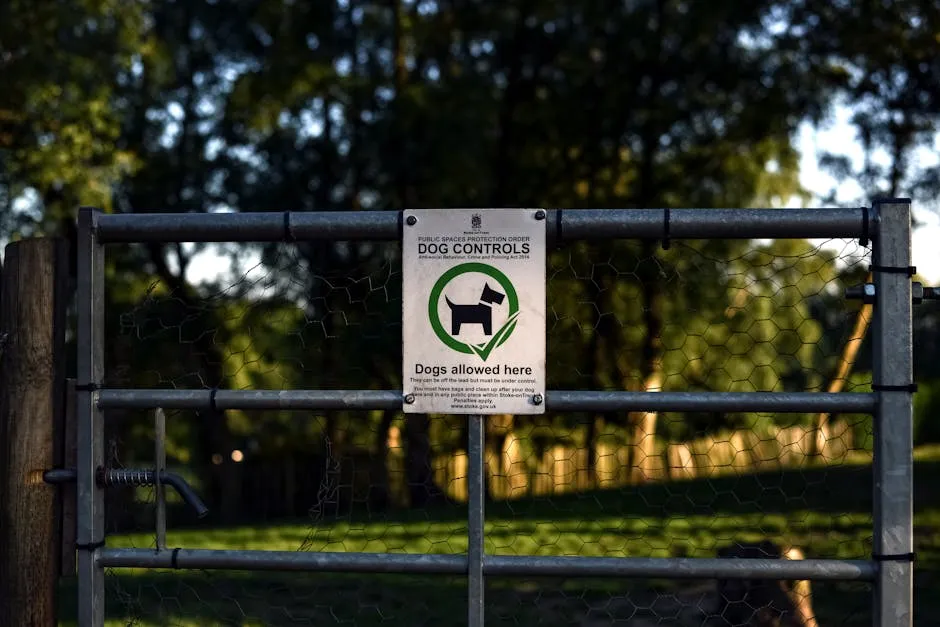
Providing Shelter and Shade
Just like us, dogs need a comfy spot to escape the sun or rain. Providing shelter is essential for their comfort and health. A well-ventilated dog house with ventilation is a must for hot summer days. Opt for one made of durable materials that can withstand the elements. Remember, it should be big enough for your dog to turn around but snug enough to keep them cozy.
If a doghouse isn’t your style, consider shaded outdoor furniture or gazebos. Trees and awnings can also provide a lovely retreat from the sun. Set up a cozy bed or blanket in these shaded areas. A cool resting spot encourages your dog to relax and recharge after playtime.
Don’t forget about hydration! Always have fresh water available, especially on warm days. A PetSafe Dog Water Fountain can keep your dog cool and encourage them to drink more often. With the right mix of shelter and shade, your outdoor space can be a delightful retreat for your furry friend, no matter the weather.
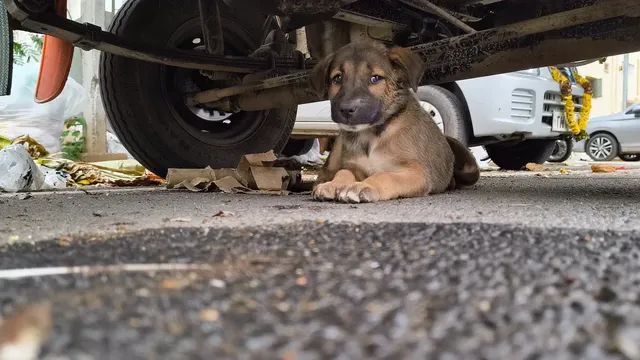
Creating Engaging Spaces
Designated Play Areas
Creating distinct zones within your yard can work wonders for your pup’s happiness and health. Dogs, like humans, enjoy having their own space for different activities. Picture this: a zone for romping, another for lounging, and a secret spot for exploration. It’s like the ultimate doggy amusement park right in your backyard!
First, consider a designated play area. This is where your dog can unleash their inner tornado. Set up fun, interactive toys like fetch balls, tug ropes, or even a Frisbee. Dogs love chasing things almost as much as they love treats. Just remember, variety is key! Rotate the toys regularly to keep their interest alive. Who doesn’t love a surprise?
For the more adventurous pups, agility equipment is a fantastic option. Picture jumps, tunnels, and weave poles scattered throughout the space. These setups not only keep them physically active but also mentally stimulated. Plus, it’s a great way to show off how smart your dog is to your friends. “Oh, your dog just sits? Mine can weave through poles like a pro!”
And let’s not forget about digging! Dogs are natural diggers. Instead of shooing them away from your flower beds, create a designated digging zone. Fill it with soft soil or sand and bury some toys or treats. This way, their digging instincts are satisfied without causing chaos in the garden. It’s like giving them permission to unleash their inner archaeologist!
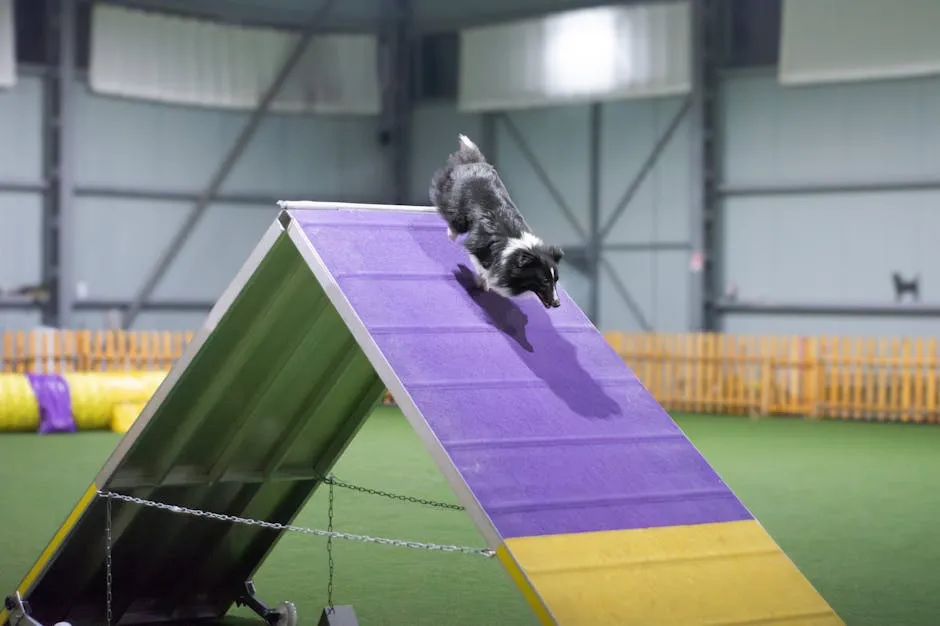
Water Features and Cooling Options
Nothing says summer fun like splashing around! Adding water features to your outdoor space is not just fun but also essential for keeping your furry friend cool. Consider setting up a portable dog pool or a splash pad. Watching your dog frolic in the water is sure to bring a smile to your face. Just be sure to supervise them, as water can be sneaky!
In addition to pools, sprinklers can provide endless entertainment. Let your dog run through the spray, chasing droplets as they dance in the air. It’s like a performance just for them! Don’t forget to provide easy access to fresh water at all times. Hydration is key, especially during those hot summer days. A pet-friendly water fountain can encourage them to drink more often, making sure they stay cool and hydrated.
Shade is another crucial aspect of outdoor fun. Ensure there are shaded areas for your dog to retreat to when the sun gets too intense. This could be a tree, an awning, or even a cozy doghouse. A shaded spot helps prevent overheating and gives your pup a comfortable resting area. Plus, nothing beats a nap after a long day of play!
Incorporating these elements transforms your outdoor space into a paradise for your dog. With engaging play areas and refreshing water features, your yard becomes the ultimate playground that keeps tails wagging and spirits high.
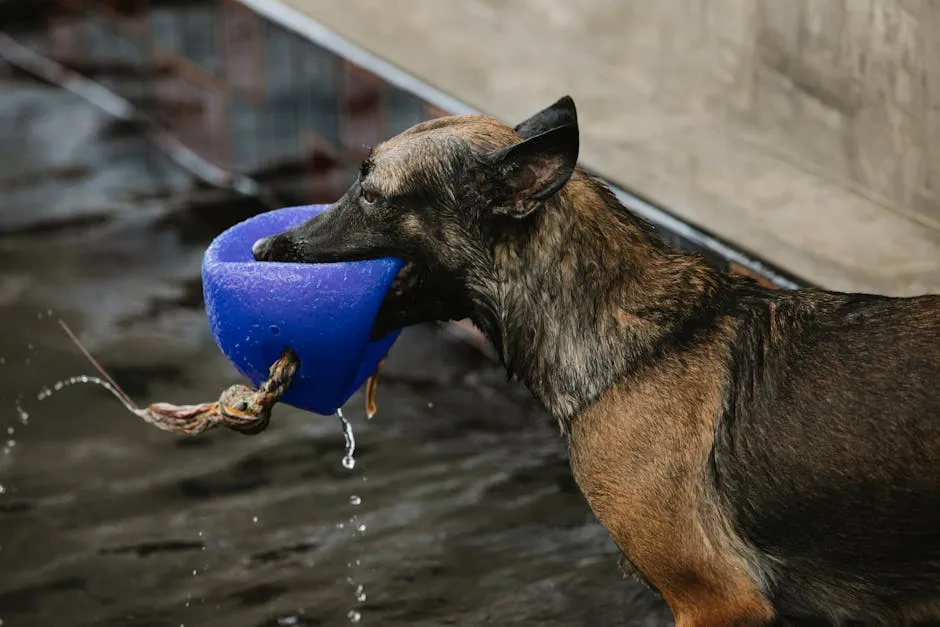
Regular Maintenance and Safety Checks
Routine Inspections
Creating a safe outdoor space for your dog is just the beginning. Regular maintenance is crucial to ensure their environment stays secure. Schedule routine inspections of your yard to check for potential hazards. Look for gaps in the fencing, loose boards, or sharp objects hiding in the grass. Think of it as being your dog’s very own safety superhero!
Fencing is your first line of defense. Make sure it’s sturdy and free of any gaps that a crafty pup could squeeze through. Regularly check for wear and tear. If you find any weak spots, it’s time to roll up those sleeves and patch things up. Remember, a determined dog can be as crafty as Houdini!
Next, inspect your plants. Some can be toxic to dogs, turning your lovely garden into a danger zone. Common culprits include azaleas, lilies, and sago palms. If you spot any offenders, remove them immediately. Instead, fill your yard with dog-friendly plants like sunflowers, marigolds, and rosemary. Not only do they look great, but they’re also safe for your pup to sniff and explore.
And let’s not forget about cleanliness. Keeping the yard tidy reduces the risk of accidents and helps maintain a safe environment. Regularly pick up dog waste to prevent the spread of parasites. Plus, who wants to step in that? Your yard should be a place of joy, not a minefield!
Incorporate pest control measures into your routine as well. Fleas, ticks, and other pests can turn outdoor fun into a nightmare. Consider a pet-safe pest control spray to keep these pesky critters at bay. With a little effort, you can ensure your dog’s outdoor space remains a happy and safe haven.
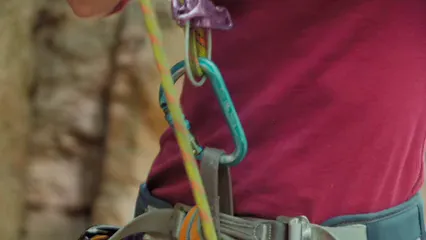
By staying proactive with regular inspections and maintenance, you can create an outdoor environment where your dog can explore, play, and relax without a care in the world. After all, a safe dog is a happy dog!
Supervision and Monitoring
The great outdoors beckons our furry friends, but we need to keep an eye on them! Supervision is a must to prevent escapades that might lead to accidents or unexpected adventures. Picture this: your dog dashes out the gate like it’s the start of the Indy 500, leaving you in a cloud of dust and panic. Not ideal, right?
Make it a habit to check in on your pup while they roam free. Set up a comfy chair or bring a book outside. Your dog will love having you nearby, and you can enjoy the fresh air too! If your yard is expansive, consider using a pet camera for monitoring. This nifty gadget gives you peace of mind and allows you to monitor your dog’s antics from anywhere.
Training your dog about safe boundaries is just as crucial. Start by showing them where they can and cannot go. Positive reinforcement works wonders! Use treats and praise when they stay within the designated area. It’s like a game of “stay within the lines,” but with way more tail wagging!
If you have a crafty escape artist, consider leash training outdoors. Letting them know the yard is their playground while keeping a leash handy until they understand the boundaries can help reinforce your training. Be patient, and remember—every dog learns at their own pace.
With a little supervision and boundary training, your outdoor space can become a safe haven for your pup to enjoy. And who knows? You might even discover some hidden treasures in your yard—like that missing shoe you thought was gone for good!
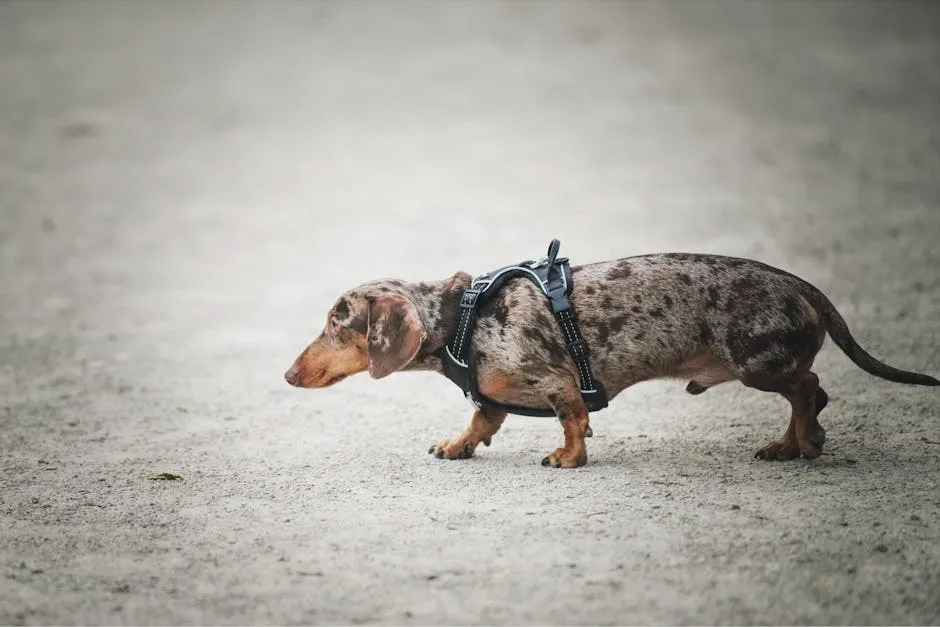
Conclusion
Creating a safe outdoor space for your dog is not just crucial—it’s a labor of love! Throughout this guide, we’ve covered several essential aspects to ensure your furry friend can enjoy the great outdoors without a care in the world. From securing your perimeter to selecting dog-friendly plants, each element plays a part in crafting an environment that promotes joy, health, and happiness for your pet.
Remember, a sturdy fence is your first line of defense. It keeps your pup safe from the outside world, whether it’s traffic, wildlife, or that neighbor’s cat that seems to taunt them from a distance. Regular inspections of your fencing, along with removing potential hazards like toxic plants, can prevent accidents before they happen.
Speaking of plants, opting for non-toxic varieties adds beauty to your garden and peace of mind. Imagine your dog frolicking among sunflowers, rosemary, and marigolds—safe from harm and loving every minute! And let’s not forget the importance of providing shelter and shade. A cozy dog bed for outdoor use or a shaded area is essential for those hot summer days when your pup just wants to lounge.
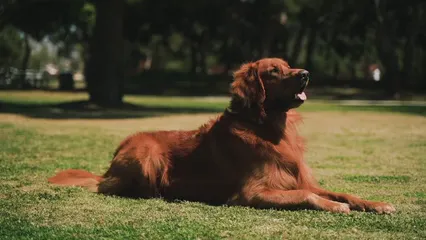
Engaging spaces are also a must! Creating designated play areas and incorporating interactive toys ensures that your dog remains mentally stimulated and physically active. Agility equipment, digging zones, and water features can all contribute to a backyard that feels like a park made just for them.
But even with all these precautions, supervision is key! Keeping an eye on your dog while they enjoy their outdoor space prevents accidents and allows you to share in their joy. Plus, it helps reinforce the boundaries you’ve set, ensuring your dog understands where they can play and explore.
So, dear readers, it’s time to take action! Think about the changes you can make to your outdoor space. Share your experiences in the comments below. What challenges did you face while creating a safe space for your dog? Do you have any tips or stories to share? Let’s create a community of pet owners dedicated to ensuring our canine companions have the safest and happiest outdoor adventures possible! Happy gardening, and may your dog’s tail always wag with joy!
FAQs
What are the best plants to include in a dog-friendly garden?
Creating a dog-friendly garden starts with selecting safe plants. Here’s a list of pup-approved flora: Marigolds: Brighten your space and keep pests away. Sunflowers: Tall and cheerful, they won’t harm your furry friend. Rosemary: A fragrant herb that’s also safe for dogs. Basil: Adds flavor to your dishes and is non-toxic to dogs. Snapdragons: Their colorful blooms won’t pose any risk. Avoid toxic plants like azaleas, lilies, and sago palms. Always double-check before planting!
How can I train my dog to stay within the yard?
Training your dog to respect yard boundaries is essential. Start with these simple steps: Establish boundaries: Walk your dog around the perimeter on a leash. Use positive reinforcement: Reward them with treats when they stay within the defined area. Teach a “stay” command: Use this command when they approach the boundary. Supervise during playtime: Keep an eye on them as they learn the rules. Consistency is key! With patience and practice, your pup will know where they can roam.
What should I do if I find a toxic plant in my yard?
Finding a toxic plant? Don’t panic! Here’s what to do: Remove it immediately: Dig it out carefully to avoid spreading toxins. Clean up the area: Make sure no plant parts are left behind. Consult a veterinarian: If you suspect ingestion, contact your vet for guidance. They may recommend monitoring or immediate care. Better safe than sorry!
How can I keep my dog entertained while outdoors?
Keeping your dog engaged outdoors can be fun! Here are some ideas: Interactive toys: Treat-dispensing balls keep them busy. Agility equipment: Set up cones, tunnels, or jumps for a mini obstacle course. Water play: Kiddie pools or sprinklers are perfect for hot days. Fetch: Classic, but always a favorite! Hide and seek: Hide treats around the yard for a sniffing adventure. Mix it up to keep your dog excited and active!
Is it necessary to supervise my dog while they are outside?
Absolutely! Supervision is crucial for a safe outdoor experience. Here’s why: Prevents escapes: An eye on your dog can stop them from wandering off. Avoids accidents: Quick intervention can prevent mishaps with plants or objects. Encourages positive behavior: You can reinforce good habits and commands. Think of it as quality time together! Your dog will appreciate your company while enjoying their outdoor space.
Please let us know what you think about our content by leaving a comment down below!
Thank you for reading till here 🙂
For more insights on how to effectively train your dog, check out these effective positive reinforcement techniques for stubborn dogs.
All images from Pexels

